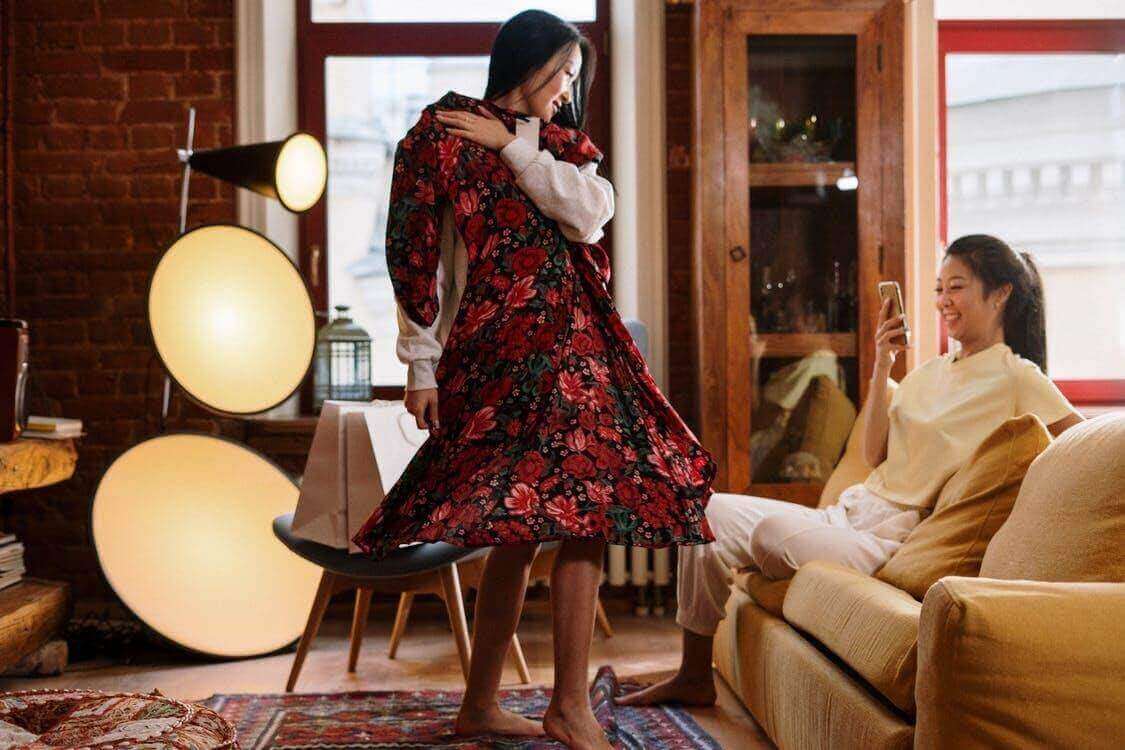Your city, home, state, and even the social climate and weather can drastically alter your mental health.
These environments you spend a lot of time in can considerably impact your well-being-both mentally and physically.
So, it is reasonable enough just to look at how the environment affects your mental health. However, with so many external factors playing a substantial role, you might be wondering which ones to focus on to enhance your morale and improve your mental health.
Simple as that: Your environment is a combination of external factors such as where you live and the people around you in your home and a broader community scale. Other external factors that can dictate your morale include crime, poverty, and environmental racism. For instance, research has found that an individual’s housing environment is crucial for their well-being. Another study proves that crime, as well as crime-anxiety, has a considerable impact on mental well-being.
As adults, we spend a lot of time at work. That is another reason why our environment, in this case, the work environment plays a significant role in our mental health. Many psychologists point to the fact that an individual’s social environment including socioeconomic elements like ethnicity and race and a lack of social support – which can have a tremendous impact on our ability to cope with stress – also affect your morale.
And lastly, what we hear, see, smell, breather and hear can impact morale and stress levels, directly impacting mental health.
How Your Home Setting Can Subconsciously Affect Your Mood?
Without realizing, your home interior design can significantly affect and stimulate your feelings and well-being as we are visually exposed and influenced by our surroundings. A space that’s truly yours must be a reflection of you, your style, taste and lifestyle. You can bring more comfort and unicity by simply:
Improving storage & organization – Obviously, a well-planned and organized home environment will keep you relaxed, positive and calm. Living in an environment which is extremely untidy and busy will condition your mind to associate it with strain and disorder.
By Changing Colors – Are you surprised? The psychology of colors is a massive spoken topic when linking your state of mind and choice of tone. Colors can stimulate you, and depending on what shade you choose; it will highlight specific feelings and emotions.
Texture, Materials & Elements– In interior design, you will notice that the choices of textures, materials and finishes within accessories and furniture can augment the sense of comfort resulting in one’s well-being.
Design for Your Comfort
A comfortable home will result in peace of mind and good morale. One of the many ways you can achieve that is by creating smart storage solutions to keep any important belongings, items or documents visibly hidden yet handily allocated and stored. Also, decluttering your space and removing all distractions will raise your morale, improve your productivity and allow you to relax as you are free from a hectic environment.
At this point, accessories are great if you want to create some style but do not overdo it – otherwise, you will struggle to place something such a cup of tea.
Biophilia & Texture
Interior designers emphasize the importance of textures and biophilia. They believe that bringing more life indoors can accentuate and enhance your health and positive mood. Adding greeneries is also an evident and suitable element – but biophilia doesn’t just limit into integrating plants. It also highlights the use of natural materials and warm colors. Incorporating natural materials such as wooden flooring and furniture will create a harmonic space which allows you to feel more grounded and tranquil. Refined choices such as a rich texture from a curtain with a florist ribbon emphasize comfort and relaxation, to better morale.
Perception of Space & Layout
Coming hand in hand with storing and organizing, designing and planning the layout of your home dictate how you feel at home and what others may feel when present. Your home interior should focus more on how you can make your living room more inviting and open, manifesting positive energy. For instance, choosing a couch that is well proportionate to the rest of the room is crucial. Want your living room to feel larger? Then you should consider a large mirror on the back of the wall.
Simply put, arranging proper furniture and making good sense of space will encourage a more inviting mood. While creating a dead space can encourage negative energy, such as arranging the furniture against the wall.
Color & Lighting
Colors influence our lives and, in a great way, colors act as visual stimulants that affect our emotions. Depending on what shade you choose, it will highlight particular emotions and enhance it. For instance, yellow is associated with joy, light and happiness. Green, on the other hand, is said to resemble nature and reduce feelings of stress. Researching on color is a smart way to choose which option you are more drawn to, as this can be incorporated in your paintings or even your choice of furniture and décor.
By how do I highlight my color choices and accentuate my home environment? Interior designers place great importance on lighting. And they have all the reasons to do so – dimmer lights can help us achieve a more relaxing environment which inspires comfort. If you need to accentuate a large space or simply be productive, brighter lights and smart layering will accomplish this. Psychologically put, people are more productive and positive when daylight, so if you are lucky, implement as much natural light as possible to enhance your well-being and raise your morale.
The first step towards improving your home environment by knowing if a change is needed. If you understand how your living space impacts your mental health, you will also be able to take the necessary steps to improve it. Small adjustments, no matter how small, can trigger greater feelings.




